Agrocybe aegerita: Poplar fungi
2 years ago · Updated 6 months ago
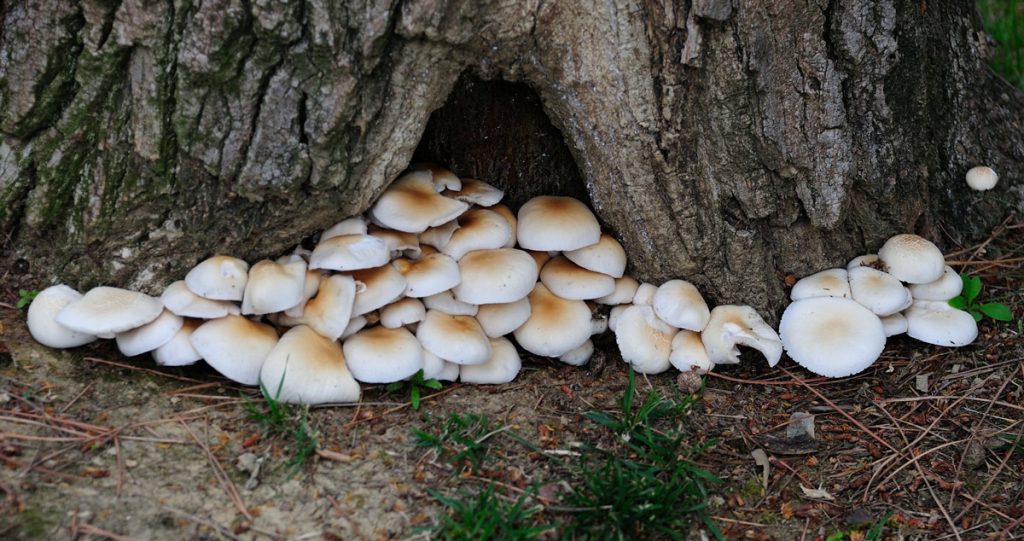
- One of the most common and widely eaten mushrooms
- Agrocybe aegerita, cylindrical agrocybe
- Where and when can we find poplar mushrooms?
- Habitat of the poplar mushroom
- When should we look for the poplar agaric?
- Characteristics of poplar mushrooms. How to distinguish aegerita mushrooms from other mushrooms
- Which specimens of poplar oyster mushrooms are best to harvest?
- Can poplar oyster mushrooms be cultivated?
- Photographs of poplar mushrooms
- Possible confusion between Agrocybe cylindracea and other mushrooms.
- Poplar mushrooms in the kitchen.
One of the most common and widely eaten mushrooms
It is one of the most common mushrooms that can be found. It is rare to be anywhere where we don't know of a poplar grove or a group of poplar or fig trees, where these delicious mushrooms usually grow in shelter.
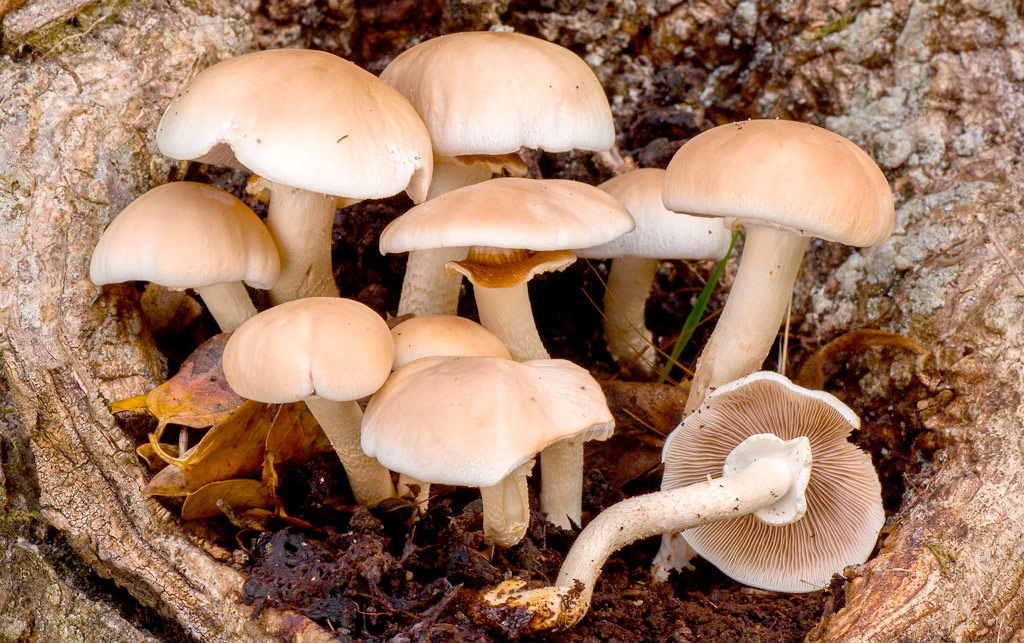
Agrocybe aegerita, cylindrical agrocybe
The Latin name of this mushroom has been changed thanks to new studies, and although it has been called agrocybe aegerita all its life, for the moment the scientific name is cylindrical agrocybe. This is not a problem because few mushroom pickers call it by this name.
Now, if you call it poplar mushroom, poplar mushroom, or fig mushroom, they will immediately know which mushroom you are referring to. The same applies if you call it pollancró in Catalonia or Macal ziza in the Basque Country. It's not for nothing that it's one of the best mushrooms for cooking, with a firm texture that's unusual in mushrooms. Even when cooked.
Where and when can we find poplar mushrooms?
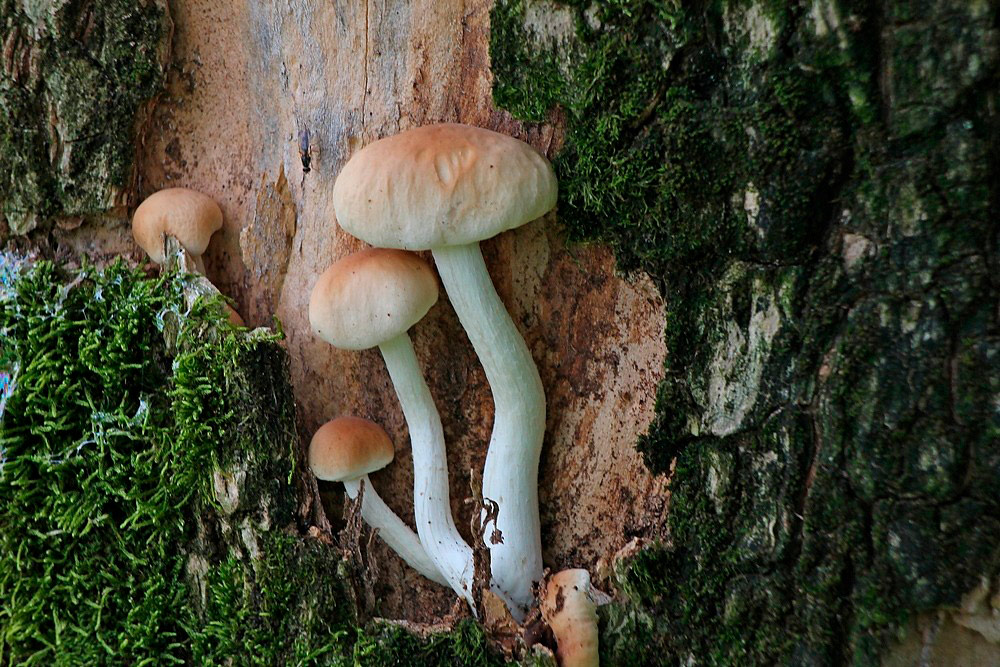
Habitat of the poplar mushroom
This mycological species belongs to the Tricholomataceae family. Agrocybe cylindracea mushrooms are characterized by the fact that they grow on dead wood, being particularly fond of trees growing on riverbanks and, above all, poplars, which give them their name. They also grow on other “soft” and white woods such as plane trees, fig trees, and poplars.
Wide distribution of poplar mushrooms
From their name, poplar mushrooms or poplar mushrooms, one might think that these mushrooms are exclusive to these trees. But the reality is that it can be found on a wide variety of deciduous trees characteristic of riverbanks and streams and, in general, of humid areas.
Poplars, both black and white (Populus nigra, Populus alba), willows, elms, mulberries, and even fig trees. All of them allow dense groups of poplar mushrooms to appear in their cut stumps or at their bases (and especially in the hollows formed by their roots or the folds of their bark when they are old), living as parasites or saprophytes. Agrocybe aegerita or Agrocybe cylindracea.
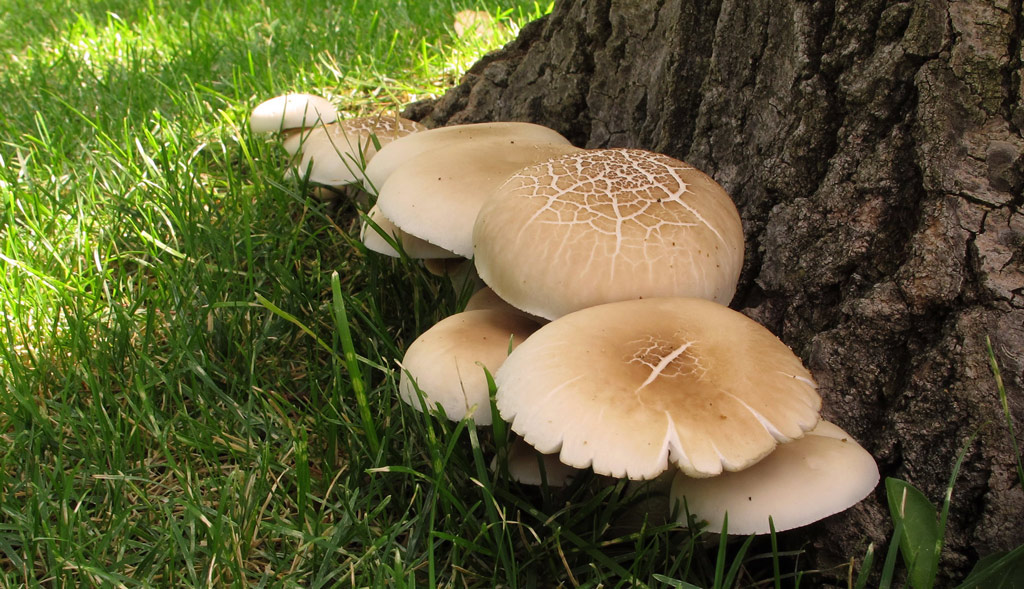
Agrocybe aegerita or cylilndracea, saprophytic species
The poplar oyster mushroom is described as saprophytic, meaning that it lives on dead wood, stumps, and areas of trees where the wood is no longer alive. However, it is common to find poplar oyster mushrooms on young trunks that appear to be in perfect condition. This leads us to believe that, in appearance, it also seems to live parasitically and that it not only grows on decaying wood but also decomposes the area where it lives.
When should we look for the poplar agaric?
These edible mushrooms appear throughout the year. You can find them in all twelve months if the humidity and temperature conditions are right.
As a general rule, to look for poplar or black poplar oyster mushrooms (both words refer to the same tree), they appear when the weather warms up after it has rained and cooled down.
Poplar oyster mushrooms fruit quickly after a few days of rain and humidity, both in early fall and mid-spring. They like mild temperatures and can flower more than once a year, making them one of the mushrooms cultivated for commercial purposes (along with button mushrooms and oyster mushrooms).
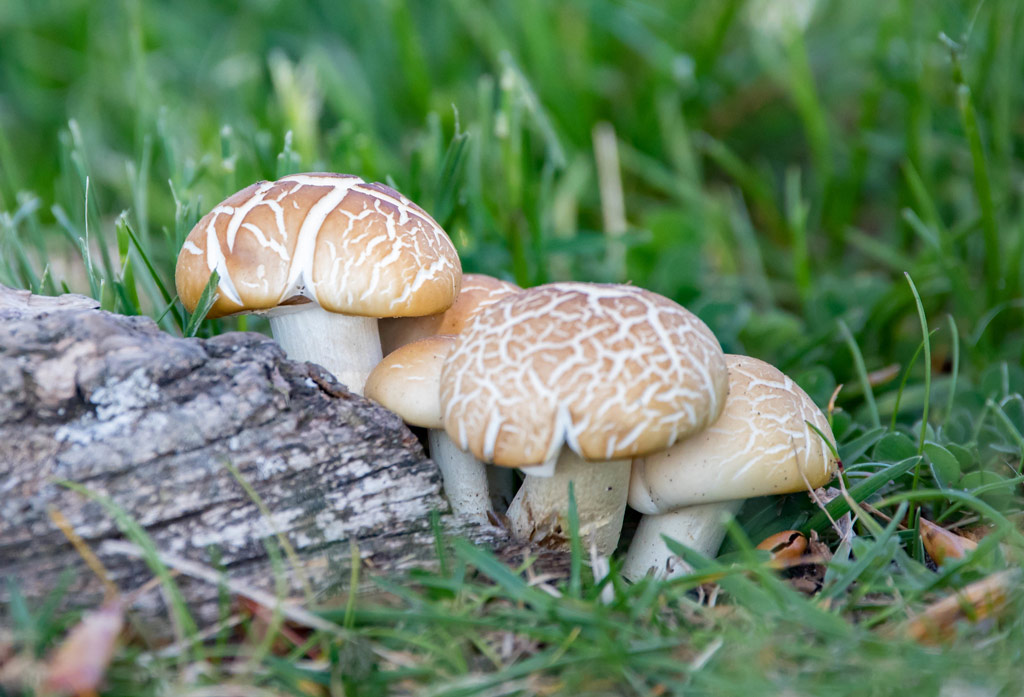
The fruiting bodies of this mushroom, if conditions of rainfall, humidity, and temperature are right, can be very numerous. If we find a good area, we can fill our basket. They can be harvested from dead logs as well as from the buried roots of old trees, where they are almost imperceptible. It is not uncommon to find them growing on the branches of older trees.
How long does it take for pollancrons or agrocybe cylindracea to appear?
In general, we can start looking for poplar mushrooms between 7 and 10 days after good rainfall, especially if there has been no wind. We will first look at the most exposed and sunny stumps or trunks, and later the more shaded ones
It is recommended to check both the bases of cut trunks and the bases of the most mature trees. Do not forget the roots that stick out and may have been damaged by people or animals.
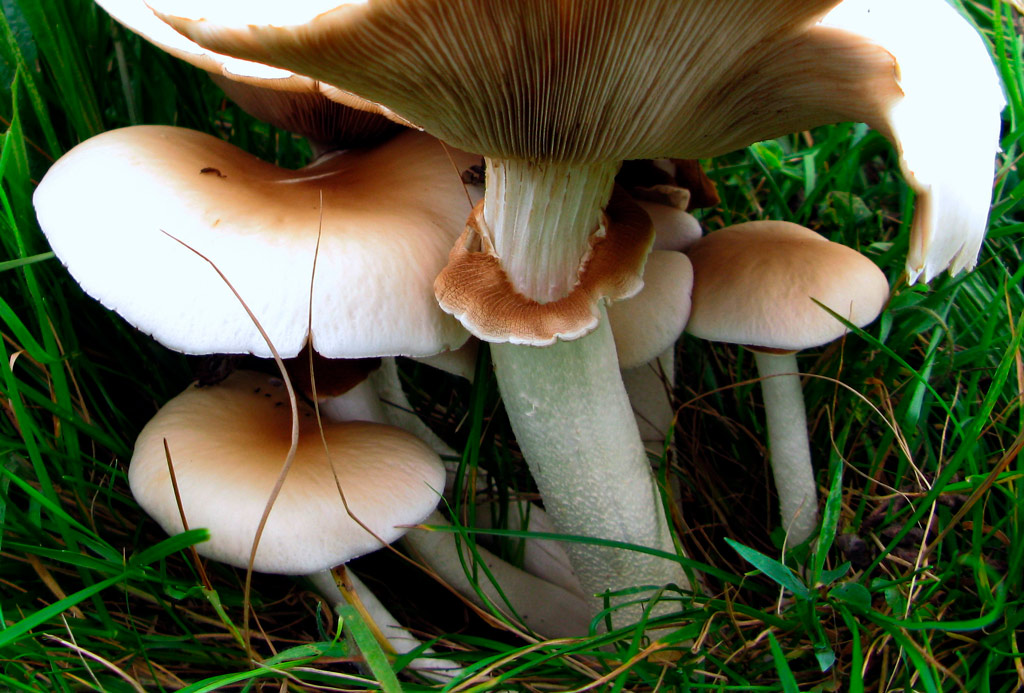
Characteristics of poplar mushrooms. How to distinguish aegerita mushrooms from other mushrooms
- Agrocybe aegerita, when young, is dark brown in color. The cap is semi-spherical and the ring is closed. As it grows, the cap flattens, leaving a brown nipple that eventually disappears when the mushroom is mature.
- The gills change from white to pink, ending up brown in color.
- The stem is very fibrous, long and slender, and has a small ring.
- In terms of edibility, this is an excellent mushroom. It has a strong, characteristic odor that is very pleasant when young.
The taste of Agrocybe aegerita is mild.
Which specimens of poplar oyster mushrooms are best to harvest?
At La Casa de las Setas, we recommend harvesting medium-sized specimens of poplar oyster mushrooms. This allows the older specimens to sporulate. In addition, mature specimens do not have as good a flavor or as firm a texture.

Can poplar oyster mushrooms be cultivated?
The answer is yes, and it is actually one of the most widely cultivated mushrooms. You can grow oyster mushrooms on logs or cultivate them in straw bales. To buy mushroom logs or buy mycelium (if you prefer to grow your oyster mushrooms from scratch), we recommend our online mushroom growing store.
At La Casa de las Setas you will find everything you need to start growing mushrooms, including agaricus mycelium in grain form, oyster mushroom mycelium in granules, growing kits in substrate bags, and oyster mushroom balls. All in one shop where we will also provide you with information and help you with your cultivation.
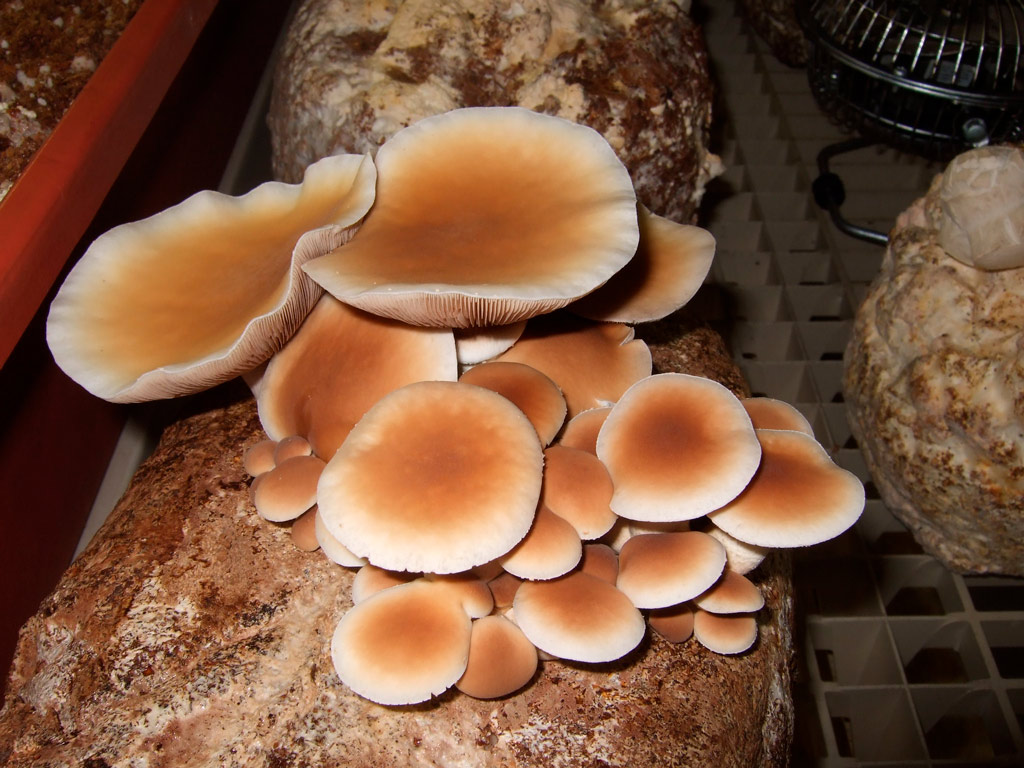
If you want to try growing a bag of oyster mushrooms, we recommend this oyster mushroom growing kit, where in just a few days (around 10) you can harvest your own oyster mushrooms right at home. An unforgettable experience at a special price.
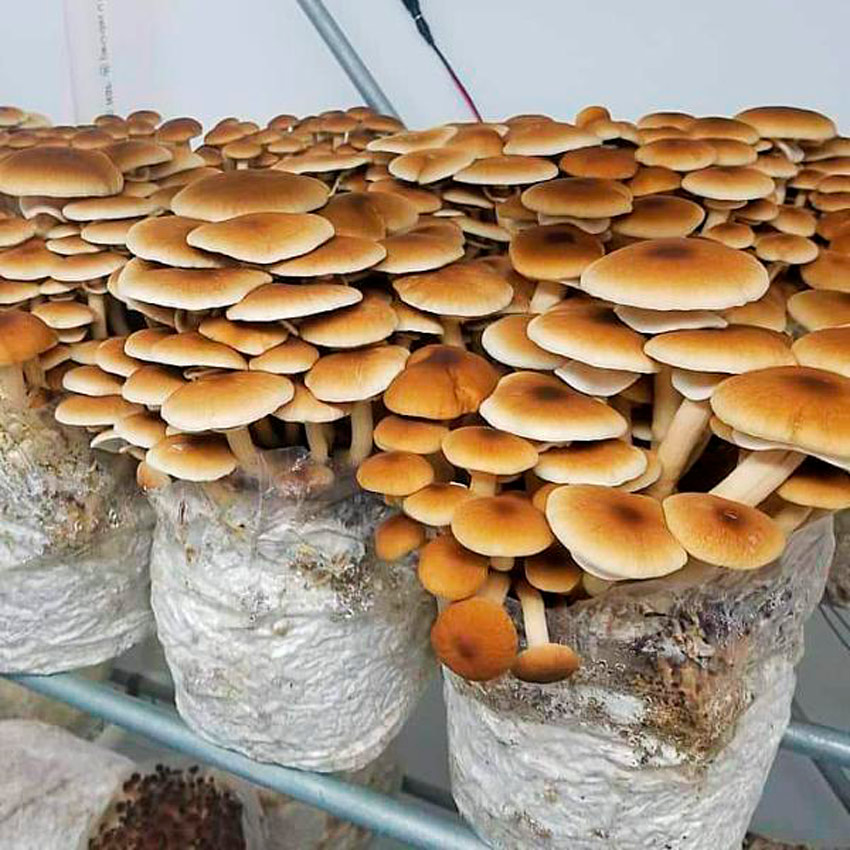
Photographs of poplar mushrooms
Their chameleon-like appearance, changing color as they grow, makes the pictures we take of Agrocybe cylindracea in the woods spectacular. We leave you with some photos of poplar mushrooms. Enjoy!
Possible confusion between Agrocybe cylindracea and other mushrooms.
It is not easy to confuse this species with another mushroom, especially if we only look for them under trees on riverbanks.
Poplar mushrooms: complicated confusion
Perhaps the most dangerous mushroom that resembles it is Hypholoma fasciculare, but this one grows on coniferous wood, has both yellow flesh and gills, and has a rather unpleasant smell and taste.
Poplar mushrooms in the kitchen.
This mushroom is not too demanding in the kitchen. It can be sautéed with garlic and parsley, used in omelets, rice dishes, mushroom risotto, or pasta.
All the recipes we like for Perrechico, oyster mushrooms, or button mushrooms will be greatly appreciated with these poplar mushrooms.
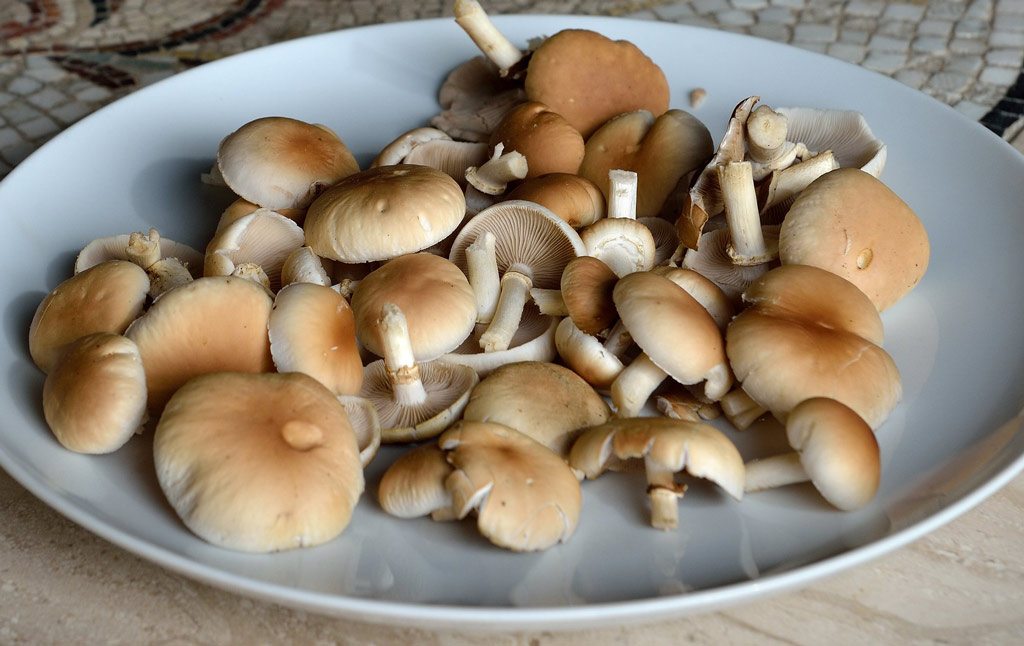
Cheers and poplar mushrooms!

Te pueden interesar